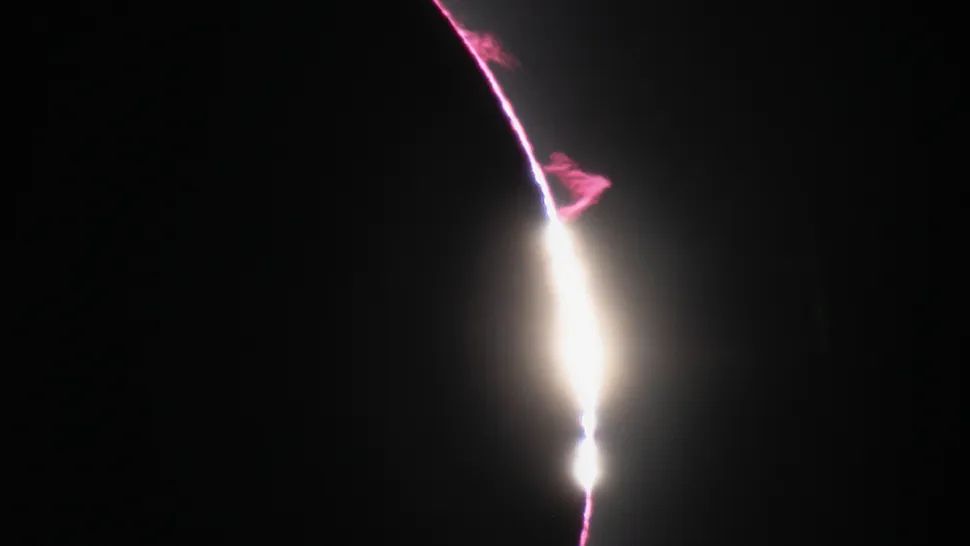NASA Solar Sail Mission Scheduled for Launch
A NASA mission involving solar sails, called the Advanced Composite Solar Sail System (ACS3), is set to launch on April 24. The primary objective of this mission is to test the deployment of solar sails using new composite booms. The composite booms are tube-shaped materials designed to unfurl and hold four very thin triangular sheets tautly, forming a kite-like solar sail. NASA has developed stiffer and lighter booms for ACS3 compared to previous technologies. The booms can pull the solar sail, which is the size of a small apartment, from a microwave-sized satellite in under 30 minutes.
Solar sails harness sunlight to propel payloads, similar to how sailboats use wind. When photons of light strike a solar sail, they transfer their momentum to the sail. Although the push from photons is subtle, it is consistent and can help spacecraft navigate through space. Solar sails have gained popularity as affordable alternatives to chemically propelled rockets in recent years.
The ACS3 mission aims to test the deployment and capabilities of solar sails with new technology. While previous missions like the Planetary Society’s LightSail 2 have shown that small spacecraft can use solar sails effectively, ACS3 utilizes lighter booms made of carbon fiber reinforced polymer (CFRP). These booms are strong enough to hold the solar sail tautly and can fold compactly for launch.
Future Applications and Potential
ACS3 could pave the way for innovative space travel methods. The spacecraft is expected to reach an orbit of 600 miles above Earth’s surface, where it will begin the process of unrolling the composite booms. The mission will also test changing the spacecraft’s orbit using the solar sail, providing valuable data for future missions.
Once fully deployed, the solar sail will cover an area of approximately 860 square feet, shining brightly in space. The reflective surface of the sail is predicted to sparkle as brightly as Sirius, the brightest star visible from Earth.
This mission represents a significant step forward in the field of solar sail technology. By testing new materials and deployment methods, ACS3 opens doors to exciting possibilities for space exploration and travel.
Image/Photo credit: source url





